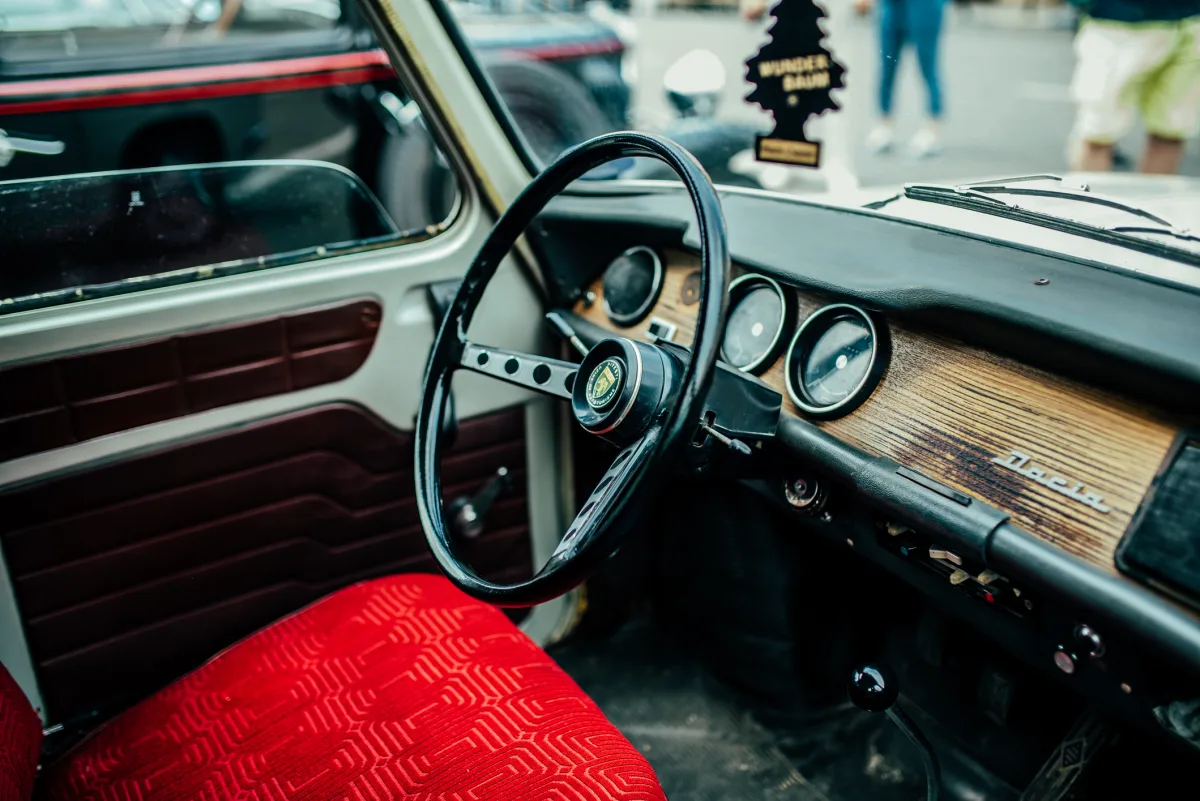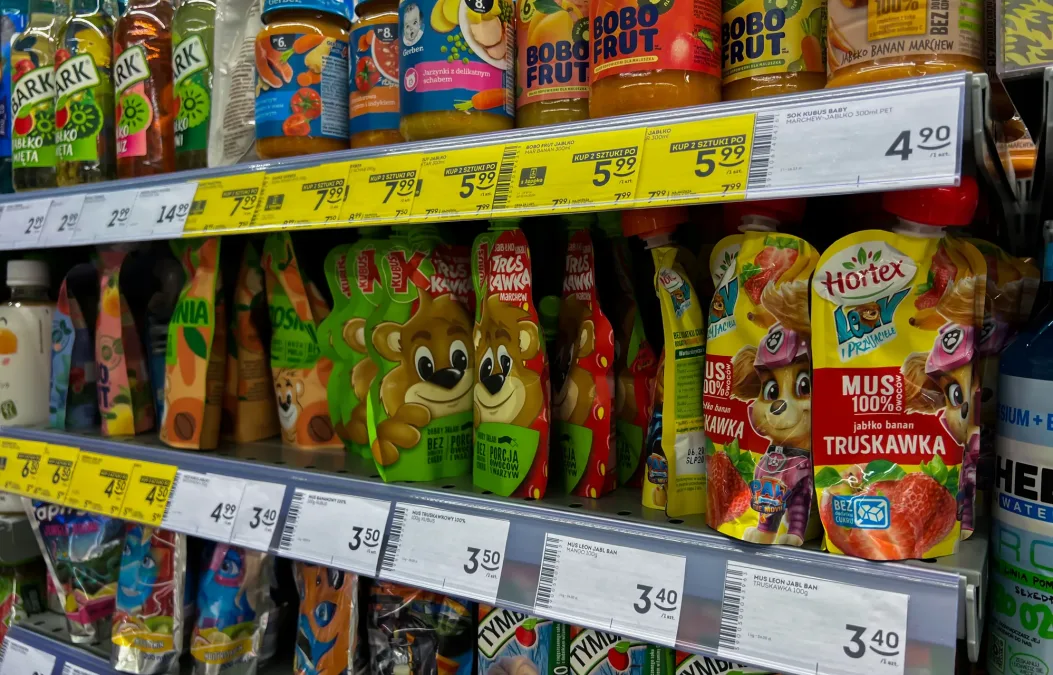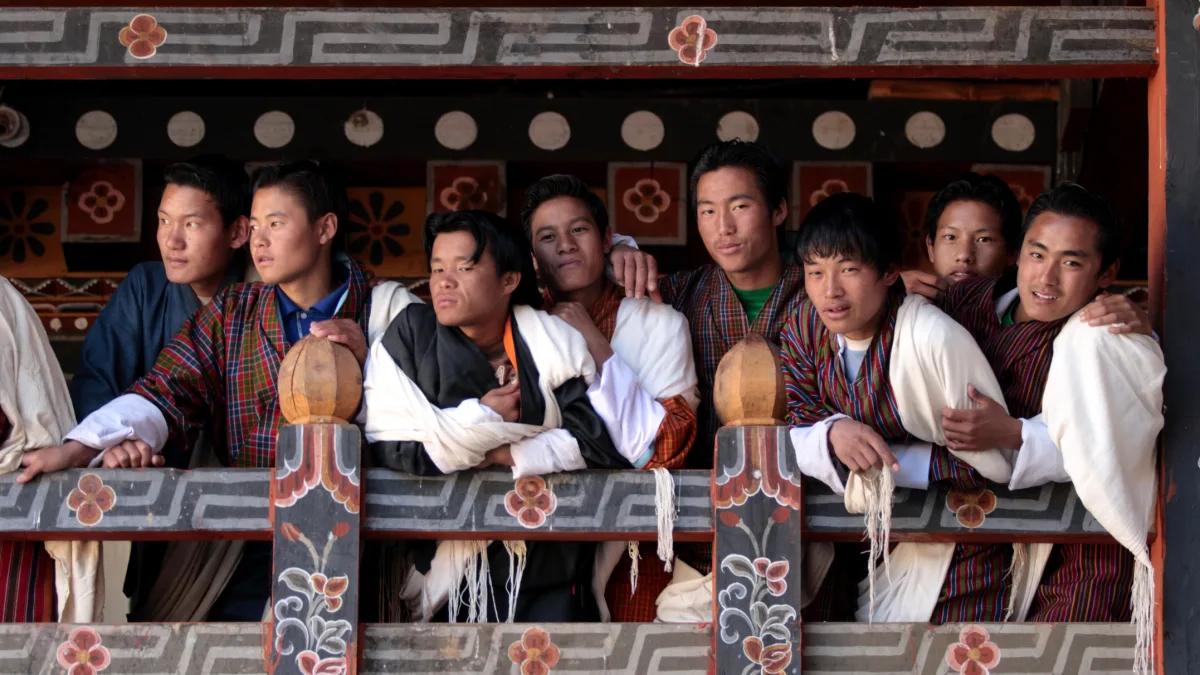When the latest European car sales figures were released in January, they contained a quiet revelation. At the top of the charts was not a German saloon, Italian sports car, or French hatchback, but the Dacia Sandero—a budget box now largely built in Morocco that epitomises the very opposite of automotive aspiration.
For those old enough to remember Dacia’s communist-era reputation, this achievement borders on the miraculous.
Indeed, the transformation of Dacia from industrial basket case to European champion represents one of the most unlikely corporate turnarounds in modern history. It also serves as a compelling case study in how to successfully privatise a post-communist enterprise—a process that has yielded decidedly mixed results across much of Central and Eastern Europe.
The promise of socialist progress
The Dacia began with the desperation of Romania’s communist leadership to establish a domestic automotive industry. In 1966, it founded Uzină de Autoturisme Pitești (UAP) and struck a licensing deal with Renault to produce cars locally.
The main factory was inaugurated in 1968 in Colibași (now Mioveni), near Pitești, around 100 kilometres northwest of Bucharest. The location was symbolic: the company took its name from the ancient kingdom of Dacia, which had once occupied much of present-day Romania before falling to Roman conquest in AD 106.
The early years were promising. Starting with the Dacia 1100—a rebadged Renault 8 produced between 1968 and 1972—the company gradually built competence. The first Dacia 1300, based on the Renault 12, rolled off the production line in August 1969, ready for Romania’s then national holiday parade.
In a remarkable PR coup, the identical car was simultaneously displayed at the Paris Motor Show, actually scooping Renault’s own launch of the model.
Romanians were genuinely delighted with the 1300’s modernity and reliability. Here was a car that embodied the promise of socialist progress—affordable, practical, and built with contemporary western technology. Waiting lists were always lengthy, but this was seen as a mark of success rather than failure. The car dominated Romanian roads for decades, with over 2.5 million units produced across various iterations.
The 1970s brought expansion and refinement. The 1300 (and its successor the 1310) spawned numerous variants: the luxurious 1301 LS reserved for officials, the practical Break estate, and even specialised versions like ambulances and pickups. There was even a Dacia 2000—based on the Renault 20—and later a sports car, the 1410 Sport.
But Dacia was not immune to Romania’s wider economic woes. By the mid 1980s, the gap between Dacia and international standards was embarrassingly obvious. As western automotive technology advanced rapidly, Romania’s economic problems deepened, and the cars stagnated.
Dacia infelix
Indeed, Dacia’s troubles during the 1980s were legendary even by communist standards. The brand that had once symbolised socialist achievement became a byword for industrial failure. Older Romanians recall, apocryphally as much as anything, cars being delivered without key parts, while doors would fall off others.
The reality was probably worse than any myth. As Romania’s economy crumbled under the weight of Nicolae Ceaușescu’s misguided plan to repay the country’s foreign debt, industrial standards collapsed. Spare parts became scarce, maintenance was deferred, and workers—like everyone else—struggled with shortages of basic raw materials. The wait for a new Dacia, already a matter of several months, became a wait of several years.
Missing parts or not, the cars that eventually turned up reflected this decline: unreliable, poorly finished, and often outright dangerous.
French revolution
The 1989 revolution that toppled Ceaușescu left Dacia in a precarious position. The company had survived enormous political upheavals, but its future remained uncertain as Romania’s first post-communist governments stumbled their way, almost reluctantly, toward a market economy. For nearly a decade, the brand did little more than limp along, producing updated versions of the by now ancient 1310 and launching a newer model, the Nova, whilst searching for a credible partner.
That partner turned out, again, to be Renault, which acquired a 51 per cent stake in Dacia in 1999, later increasing this to 99.3 per cent. The deal was far from obvious—Dacia was hardly an attractive proposition at the time. But Renault’s chairman, Louis Schweitzer, saw potential where others saw only problems.
In Schweitzer’s view, the company had two considerable advantages: strong brand recognition within Romania, and a production facility offering skilled, motivated workers ready for a new challenge.
Schweitzer’s strategic vision had been shaped by visits to Russia, where he observed that technically outdated Ladas priced at 6,000 US dollars were selling well with locals whilst 12,000 US dollars Renaults gathered dust in showrooms.
“Seeing those antiquated cars, I found it unacceptable that technical progress should stop you making a good car for 6,000 US dollars,” he later recalled.
Affordable, reliable
The insight was simple but profound: there was a vast global market for affordable, reliable cars that didn’t exist. Most manufacturers focused on adding features and increasing margins rather than stripping back to the essentials. Renault’s X90 project—which would become the Logan—represented a complete reversal of this logic.
The Logan launched in 2004 after four years of development, revolutionising the industry by applying ‘design to cost’ methodology from the outset. Rather than building a car and then trying to reduce costs, the team optimised for price from the very beginning. This wasn’t cost-cutting; it was cost-engineering.
The results were impressive. The Logan had 50 per cent fewer parts than a high-end Renault and limited electronic devices, making it cheaper to produce and easier to repair.
Clever engineering touches included flatter windscreens to reduce manufacturing complexity, and single-piece injection-moulded dashboards that eliminated assembly costs.
The suspension was deliberately soft and strong to handle poor road conditions common in Romania at the time (conditions still common, in some parts of the country, today), whilst the chassis sat higher than most compact cars to negotiate potholes.
The engine was prepared to handle lower-quality fuel, and the air conditioning (an optional extra) was powerful enough to cope with extreme temperatures. Every detail reflected the needs of emerging markets rather than the preferences of wealthy Europeans.
Romanian renaissance
The Logan’s launch in Romania created scenes reminiscent of earlier consumer crazes. Schweitzer later recalled: “There were queues in front of the concessions, like at the cinema, and the Logans started selling like hotcakes”. The success was so great that Renault decided to launch the car in Western Europe, initially at a higher price point but still significantly cheaper than comparable models.
The transformation was remarkable and rapid. Between 2004 and 2019, Dacia attracted 6.5 million customers and became the fifth-largest brand in terms of private sales in Europe. The Logan alone achieved over four million sales worldwide by 2018, proving that the appetite for honest, affordable motoring extended far beyond emerging markets.
The formula proved endlessly adaptable. In 2008, the Sandero hatchback was launched, offering the Logan’s value in a more versatile package. The Duster SUV, launched in 2010, became the first crossover built by Dacia since the Renault acquisition, offering genuine off-road capability at a fraction of rivals’ premium prices.
Each model maintained the brand’s core philosophy: maximum value with minimum frills. There were no heated steering wheels, no massage seats, no gesture-controlled sunroofs (at least not as standard). Instead, buyers got unfussy interiors, robust construction, and running costs that wouldn’t require a second mortgage.
The success extended beyond Europe. Logan production was established in nine countries, from Morocco to India, Brazil to Iran. In each market, local assembly helped keep costs down whilst providing employment. The cars were sold under various badges—Renault in some markets, Nissan in others—but the underlying philosophy remained constant.
This global expansion demonstrated the universality of Dacia’s value proposition. Whether driving Bucharest’s potholed streets, Casablanca’s dusty suburbs, or Mumbai’s chaotic traffic, customers wanted an affordable car that wouldn’t break down. The Logan family delivered exactly that, becoming one of the most successful automotive platforms of the 21st century.
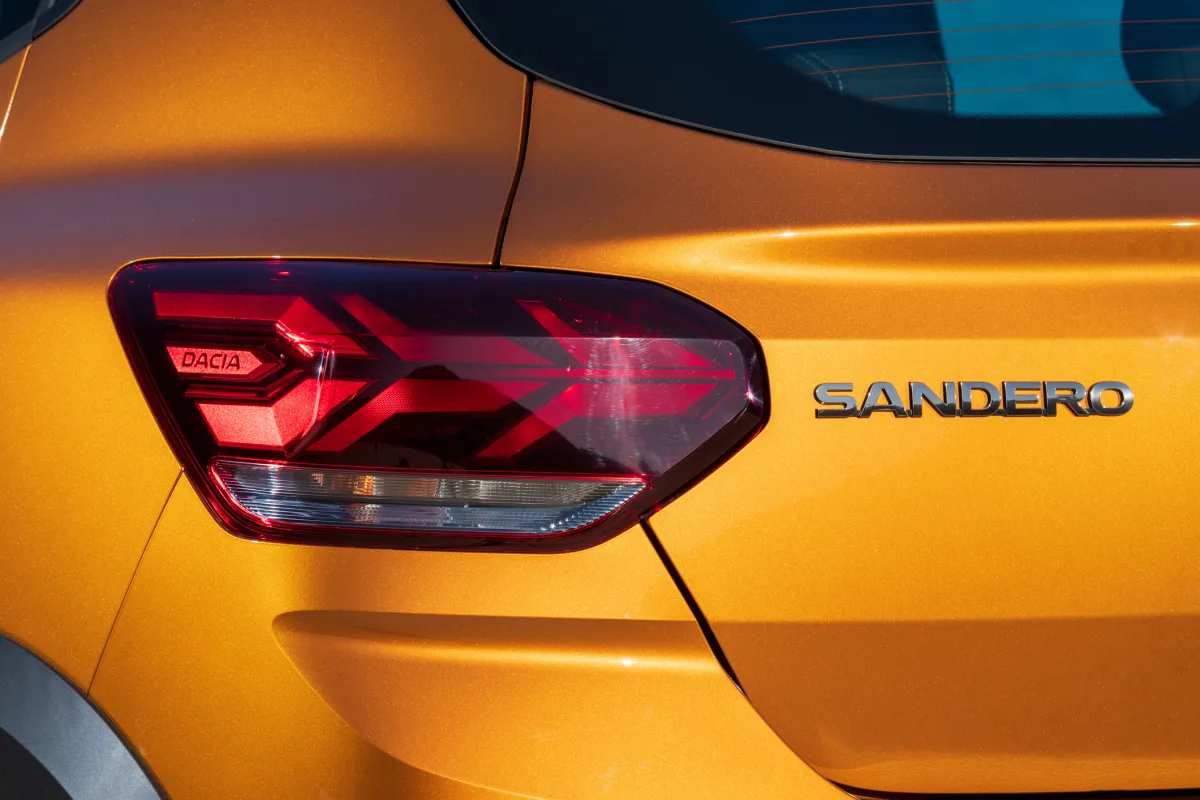
Beyond Dacia
Dacia’s transformation has been mirrored by Romania’s emergence as a significant European automotive hub. The country now ranks fourth in Central and Eastern European automotive production, behind only Czechia, Slovakia, and Poland. In 2023, Romania’s two main automotive plants—Dacia’s Mioveni facility and Ford’s Craiova operation—produced a record 513,050 vehicles, whilst the broader automotive industry contributes around 13 per cent of the country’s GDP and earns Romania more than 30 billion euros annually.
Ford’s Craiova plant, housed in the former Oltcit factory that Ford acquired in 2008, employs 6,000 people and produces the popular Puma and EcoSport SUVs alongside Transit commercial vehicles and advanced EcoBoost engines. Major suppliers including Bosch, Continental, and other international companies have established operations in Romania, and will soon be joined by BMW, whose BMW TechWorks Romania, which it is developing in cooperation with Japan’s NTT DATA, will become the hub for its European IT and software projects.
This industrial ecosystem employs approximately 180,000 people, making it one of Romania’s most important economic sectors. The success demonstrates how effective privatisation and foreign investment can transform entire industries, not just individual companies.
Romania has become proof that post-communist countries can compete successfully in high-value manufacturing when they combine skilled workforces, competitive costs, and strategic partnerships with established global players.
The man of the moment
The architect of Dacia’s recent success is Denis Le Vot, who became the brand’s CEO in 2021. A Renault lifer who joined the company in 1990, Le Vot has held leadership roles across Europe, Turkey, Russia, and North America, including a stint as chairman of Nissan North America.
Under his leadership, the Dacia brand has performed exceptionally well. Besides the Sandero now being Europe’s best-selling car, the Duster is the ninth. This success has not gone unnoticed: Le Vot is now considered a leading candidate to succeed Luca de Meo as Renault’s CEO.
The possibility of a Dacia boss running the entire Renault Group would represent a delicious reversal of automotive hierarchy. It would also reflect the Romanian brand’s evolution from national embrassment to profit-generating powerhouse.
Lessons in liberation
Dacia’s transformation offers valuable insights into successful post-communist privatisation that border on best practice. Unlike the asset-stripping and corruption that characterised many privatisations, the Renault takeover represented a genuine industrial partnership. The French brought capital, technology, and management expertise whilst preserving local employment and manufacturing capacity.
Crucially, Renault didn’t attempt to make Dacia something it wasn’t. Instead of trying to compete with BMW or Mercedes, the brand embraced its position as Europe’s bargain-basement option. This wasn’t a limitation but a liberation—freed from the need to match premium rivals on luxury or technology, Dacia could focus obsessively on value.
The approach worked because it recognised a fundamental truth about European car buyers: many wanted reliable transport, not automotive status symbols.
The Sandero’s success in Spain, Portugal, France, Italy, Belgium, Austria, and at home in Romania demonstrates the continent-wide appetite for no-nonsense motoring.
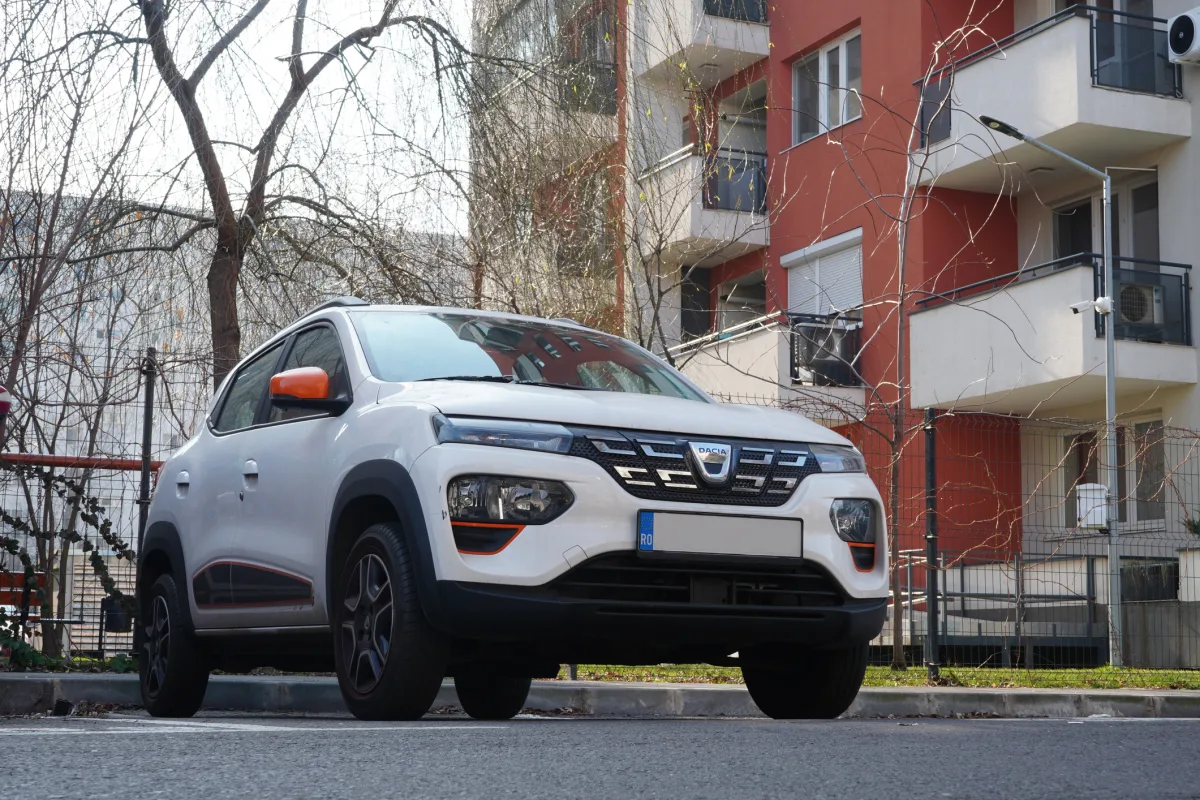
The open road ahead
Some Romanians grumble that Dacia is no longer fully their own, but most are quietly proud and recognise that without Renault’s input the brand would be about as popular internationally as Lada.
Dacia’s achievement in making the Sandero Europe’s best-selling car in 2024 represents the summit of a remarkable journey that has redefined what success means in the automotive industry.
The brand’s triumph challenges the conventional wisdom that profit margins and prestige go hand in hand. Instead, Dacia has proved that volume and value can be equally rewarding.
The success has broader implications for the automotive industry as it grapples with electrification, digitalisation, and changing consumer preferences. Whilst premium manufacturers chase ever-more sophisticated technology, Dacia’s approach suggests that many customers still want nothing more than affordable, reliable cars.
This insight becomes particularly relevant as electric vehicles remain expensive and charging infrastructure patchy—conditions that mirror the emerging markets where Dacia first proved its worth.
The brand’s evolution from communist catastrophe to capitalist champion also illustrates the enduring appeal of democratic markets over state planning. Where communist central planning produced unreliable cars that nobody wanted to buy (unless they had no other choice), market forces and private ownership created vehicles that millions of Europeans actively choose to purchase.
As other post-communist enterprises continue to struggle with the transition to market economics, Dacia is proof that transformation, even reinvention, is possible when the right conditions align. The Romanian carmaker succeeded not through superior engineering or revolutionary design, but by understanding its market position and executing ruthlessly within those constraints.
The challenge now is maintaining this success as the automotive landscape shifts toward electrification. Dacia launched the Spring, Europe’s cheapest electric vehicle, in 2021, suggesting the brand understands that its future lies in democratising new technologies rather than perfecting old ones. More than 150,000 Springs have been sold since its launch.
If the company can push on—applying value engineering to electric powertrains as successfully as it did to conventional cars—the next chapter of the Dacia story may be even more remarkable than the last.
The dashboard of a Dacia 1310. Photo: Dreamstime.



